41 identify categories of information found on food labels
5 Basic Elements that MUST be on Your Food Label Here are the five elements that must go on every food label according to the FDA: #1: Statement of Identity Your product must be clearly identified on the package label. For example, a sauce jar label could have something like "Ethiopian Sauce. Made with 35 herbs and spices!" You must also indicate the intended use. Nutrition Labels 101: What's Required? What's Optional? Total carbohydrates is a required listing unless there is less than 1 gram, at which point it can be expressed as "contains less than 1 gram," or if less than 0.5 grams per serving, it can be expressed as zero. Sugars are the sneaky nutrient found naturally in many "healthy" foods, including fruit and milk.
How to identify Sugar on food labels! (Carb Basics pt 3) 2 Hidden Sugars in the Food Industry; 3 Common Names of Sugar found on Food Labels. 3.1 What about Sugar alcohols? 4 Monosaccharides; 5 Disaccharides facts; 6 Are sweeteners healthy? 7 Healthy Alternatives to sugar. 7.1 What about agave syrup? 7.2 What about all the new sugars like coconut palm sugar? 8 Closing Notes

Identify categories of information found on food labels
Key Elements of a Food Label To Know | Food Labeling Info Although the FDA doesn't test the nutrition of every food product, you must report accurate information on your label. Below is a list of information that should be on your product's Principal Display Panel (the area most likely to be seen by consumers) in order to comply with labeling regulations: Food ingredients Minerals Caloric value Food labels & nutritional information | Raising Children Network Food labels: tell you what ingredients and/or additives are in the food give you nutritional information about the food and food storage instructions tell you who manufactured the food. Nutritional information panels (NIPs) are a part of the food label. These tell you what nutrients the food contains and how much of each nutrient there is. 6 Free Printable Food Labels Worksheet & Different Types There is a lot of work behind this food labels worksheet, making it the perfect tool to create clear and accurate nutrition facts labels. This worksheet will guide you through the process of creating a food label for your clients to comply with FDA regulations. The first step is to identify all the required information to create a label.
Identify categories of information found on food labels. What is required on a food label? - USDA A meat and poultry label is required to contain 8 features. These are: the product name, inspection legend and est. number, handling statement, net weight statement, ingredients statement, address line, nutrition facts, and safe handling instructions. These requirements are found in the Code of Federal Regulations (9CFR 317.2/381 Subpart N). Understanding Food Labels | The Nutrition Source | Harvard T.H. Chan ... Under the Food Allergen Labeling and Consumer Protection Act of 2004, eight major food allergens—milk, fish, tree nuts, peanuts, shellfish, wheat, eggs, and soybeans—are required to be listed in a "contains" statement near the Ingredients list if present in a food. An example would be "contains wheat, milk, and soy." Food Labels: Carbohydrates | Home & Garden Information Center For more information on food labeling request: HGIC 4056, Reading the New Food Labels; HGIC 4057, Determining Nutritional Value of Foods; HGIC 4058, Food Labels: Fat and Cholesterol; HGIC 4060, Serving Sizes for Special Diets; HGIC 4061, Nutrient Claims on Food Labels; and HGIC 4062, Nutrient Density. Document last updated on 1/20 by Gaby Lopez. Food Labels 101 - Penn Medicine Fats - Saturated and Trans If the label indicates that the food is high in saturated fat (no more than 20 grams total for the day), then it is not an ideal food for a heart healthy diet. Saturated fats can raise your low density lipoprotein, or "bad cholesterol", which can increase your risk for heart disease and stroke.
Food Labels | Nutrition.gov Folate and Folic Acid on the Nutrition and Supplement Facts Labels HHS, Food and Drug Administration, Center for Food Safety and Applied Nutrition Learn what common foods are natural sources of the vitamin folate, plus what foods may have folic acid added during processing. Interactive Nutrition Facts Label HHS, Food and Drug Administration Food Labeling & Nutrition | FDA May 16, 2022 · Food labeling is required for most prepared foods, such as breads, cereals, canned and frozen foods, snacks, desserts, drinks, etc. Nutrition labeling for raw produce (fruits and vegetables) and ... Information Required on a Food Label: What to Know - The Label Link The informational panel includes areas of your label. This includes: The nutrition facts Name and address of the packer, manufacturer and/or distributor including street address, city or town, state, country (if outside the USA) and zip code. Ingredient list Allergy labeling. Each of these are vital for the consumer to read. All about Food Labels - HealthCheckSystems According to the Nutrition Labeling and Education Act, all food labels must contain the following information: Common name of the product Name and address of the product's manufacturer Net contents in terms of weight, measure or count, and: Ingredient List - Lists the ingredients in descending order of predominance and weight.
How to Understand and Use the Nutrition Facts Label | FDA The information in the main or top section (see #1-4) of the sample nutrition label (below) can vary with each food and beverage product; it contains product-specific information (serving size, calories, and nutrient information). The bottom section contains a footnote that explains the % Daily Value and gives the number of calories used for genera... The Basics of the Nutrition Facts Label - Academy of Nutrition and ... Low is 5% or less. Aim low in saturated fat, trans fat, cholesterol and sodium. High is 20% or more. Aim high in vitamins, minerals and dietary fiber. Low calorie: 40 calories or less per serving. Low cholesterol: 20 milligrams or less and 2 grams or less of saturated fat per serving. Reduced: At least 25% less of the specified nutrient or ... Food Labels | CDC - Centers for Disease Control and Prevention Sep 20, 2022 · If you eat the whole thing, you are eating 8 times the amount of calories, carbs, fat, etc., shown on the label. Total Carbohydrate shows you types of carbs in the food, including sugar and fiber. Choose foods with more fiber, vitamins, and minerals. Choose foods with lower calories, saturated fat, sodium, and added sugars. Food Product Labeling Basics | Oklahoma State University The FDA requires that a food label "conspicuously" identify a product's manufacturer, distributor or packer and provide their address as well. ... Specific requirements for infant food labeling are found in 21 CFR 105.65. Details on nutritional labeling requirements for children under 4 years of age are found in 21 CFR 101.9(j)(5 ...
Nutrition- Food Labels Flashcards | Quizlet What are foods that are exempt from having a food label? Fresh fruit and vegetables Raw meat, poultry, fish and seafood Foods prepared or processed at the store (Bakery items, sausage, salads) Foods that contain very few nutrients Alcoholic beverages What can cause foods to lose their exempt status?
About food labels - Canada.ca By law, most packaged food must be labelled with: a nutrition facts table, which gives you information on: serving size calories nutrients percent daily values (% DV) an ingredient list, which lists all the ingredients in a food by weight this begins with the ingredient that weighs the most and ends with the ingredient that weighs the least
Food labels part 1: What's on your food label? Usually these are on the back of the package and give information like ingredients and nutritional value. Industry-provided labels: These are placed at the manufacturers' discretion. Usually these are on the front of the package. We'll look more at back-of-package versus front-of-package labeling more closely in Part 2.
How to understand food labels | Eat For Health Sometimes labels will include nutrition content claims like 'low fat', 'reduced salt' or 'high fibre'. These claims can only be used if the food meets certain criteria. For example, with a 'good source of calcium' claim, the food must contain more than a set amount of calcium. While nutrition content claims can generally guide ...
What information is on a food label? | - From Hunger To Hope The quantity of nutrients in the food is listed on the nutrition information panel, which includes: vigour (kilojoules or calories) protein. fat. fat that has become saturated. carbohydrate. sugars. sulfate (salt). People often inquire about how to read a food label. A short tutorial to reading the Nutrition Facts label is provided below.
Food labels - Better Health Channel Reduced fat or salt - should be at least a 25% reduction from the original product. Low fat - must contain less than 3% fat for solid foods (1.5% for liquid foods). Fat free - must be less than 0.15% fat. Percentage of fat - remember 80% fat free is the same as 20% fat, which is a large amount.
5 components that must be included on food labels Terms in this set (5) A statement of identity. common name of the product. The net contents of the package. quantity of the food product in the entire package. Ingredient list. ingredients must be listed by their common names, in descending order by weight. The name and address of the food manufacturer, packer, distributor.
How To Read Food and Beverage Labels - National Institute on Aging Feb 24, 2022 · There are three types of product dates commonly printed on packaged foods and beverages: “Sell by” tells how long the manufacturer suggests that a store should sell items such as meat, poultry, eggs, or milk products. Make sure you buy by this date. “Use by” tells how long items will be at peak quality.
Food Labels Explained - Farm Aid Organic labels can be found on produce, dairy, meat, processed foods, condiments and beverages. Food products labeled "organic" must contain at least 95% organic ingredients with no synthetic growth hormones, antibiotics, pesticides, biotechnology, synthetic ingredients or irradiation used in production or processing.
Common Information on Food Labels - University of Kentucky Typically, the ingredients list can be found under or next to the Nutrition Facts Label. Reading the ingredients list can help you quickly identify ingredients in the food item. Product Dates. There are three types of product dates that you may see listed on your food or drink item. "Sell by" tells you how long the manufacturer suggests the ...
6 Free Printable Food Labels Worksheet & Different Types There is a lot of work behind this food labels worksheet, making it the perfect tool to create clear and accurate nutrition facts labels. This worksheet will guide you through the process of creating a food label for your clients to comply with FDA regulations. The first step is to identify all the required information to create a label.
Food labels & nutritional information | Raising Children Network Food labels: tell you what ingredients and/or additives are in the food give you nutritional information about the food and food storage instructions tell you who manufactured the food. Nutritional information panels (NIPs) are a part of the food label. These tell you what nutrients the food contains and how much of each nutrient there is.
Key Elements of a Food Label To Know | Food Labeling Info Although the FDA doesn't test the nutrition of every food product, you must report accurate information on your label. Below is a list of information that should be on your product's Principal Display Panel (the area most likely to be seen by consumers) in order to comply with labeling regulations: Food ingredients Minerals Caloric value


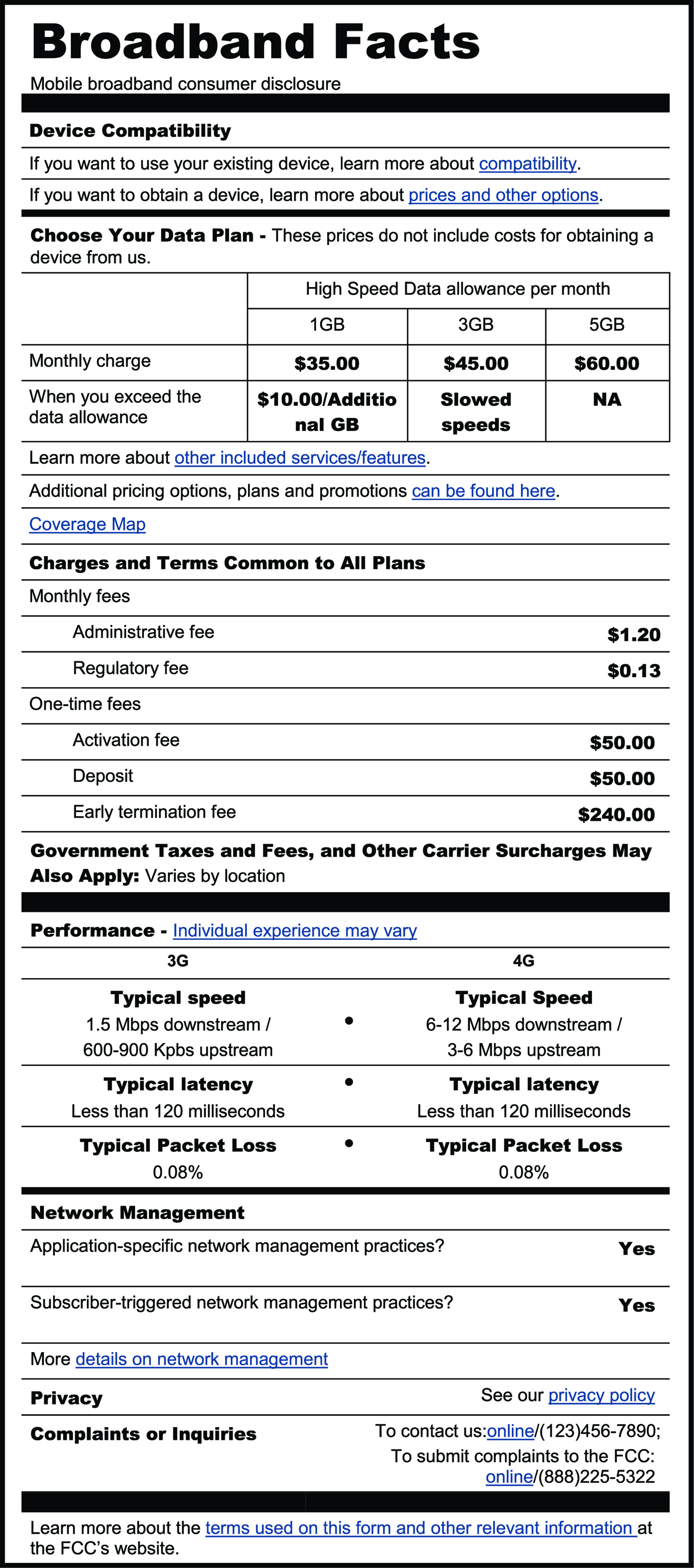
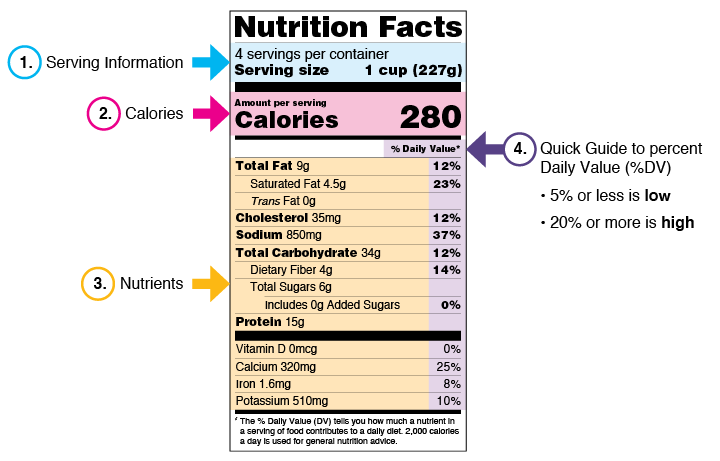
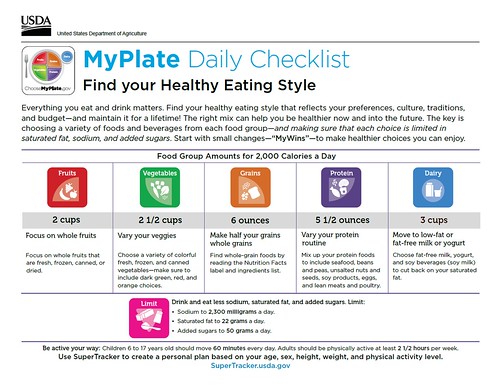

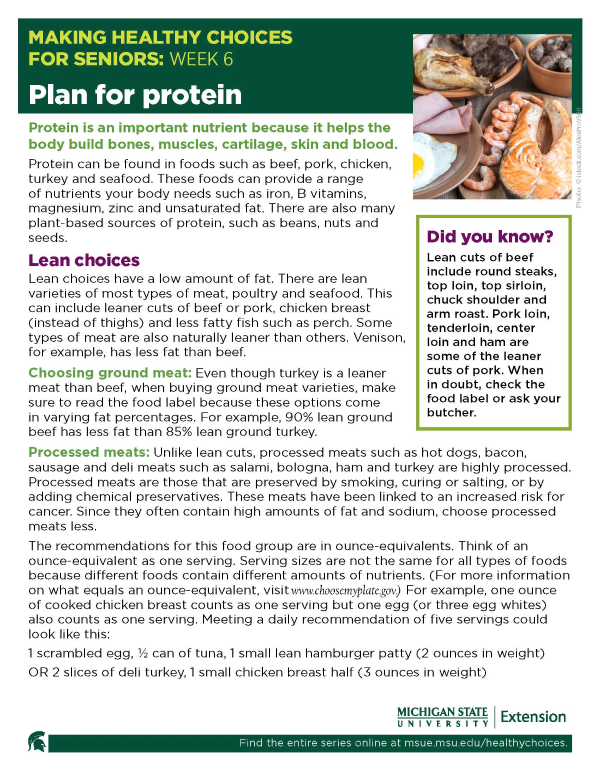

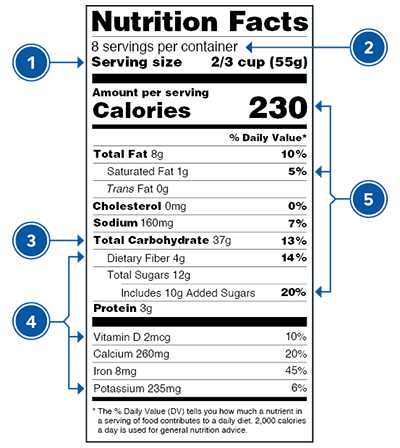

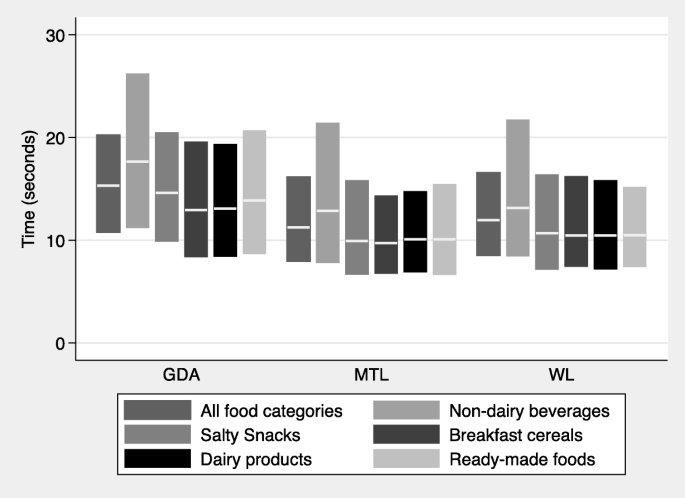



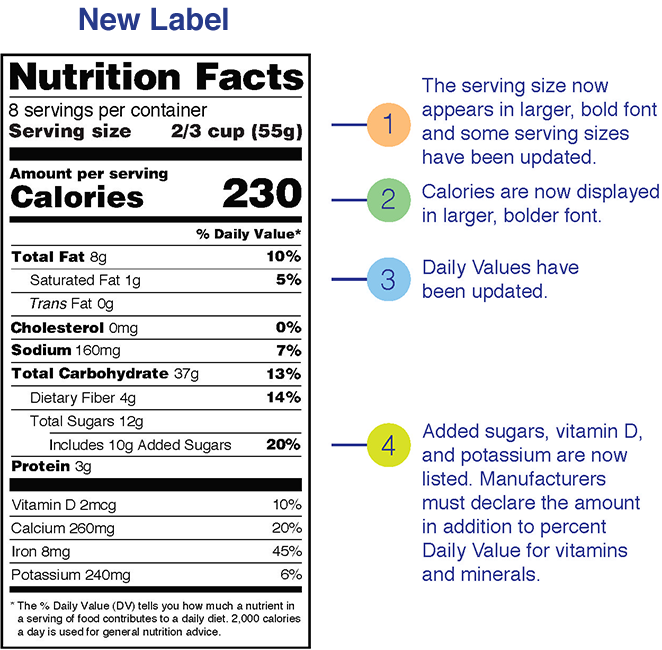
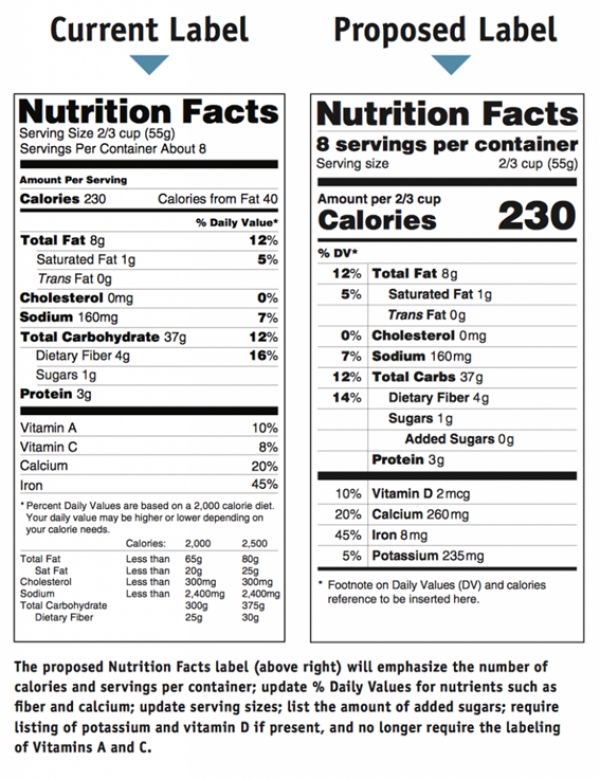
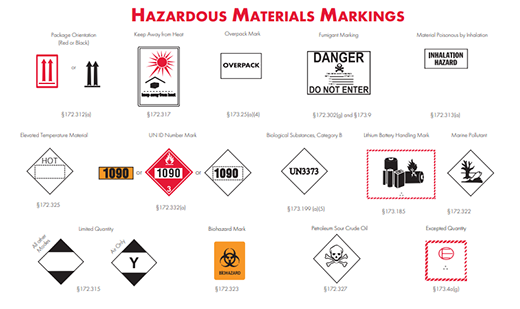
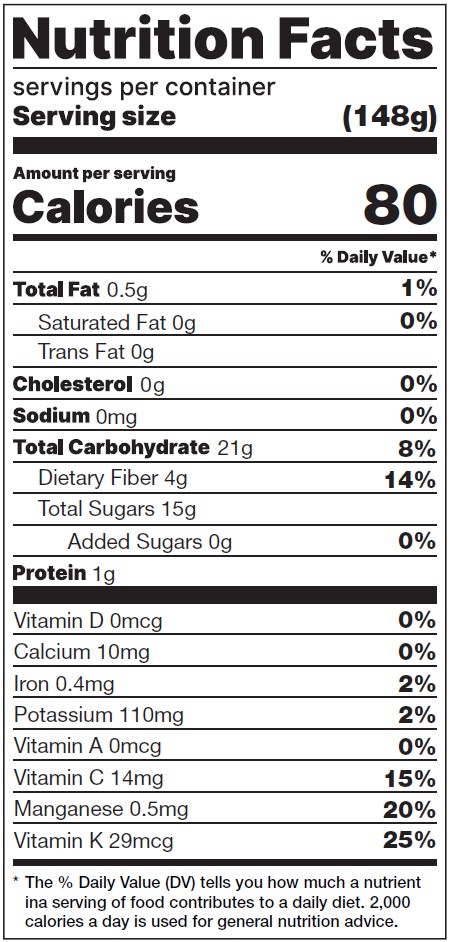

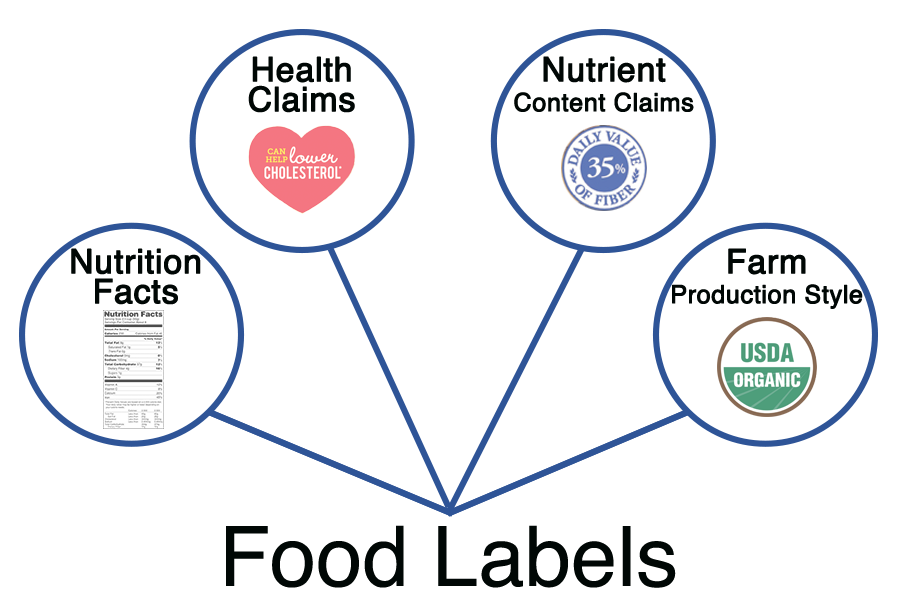
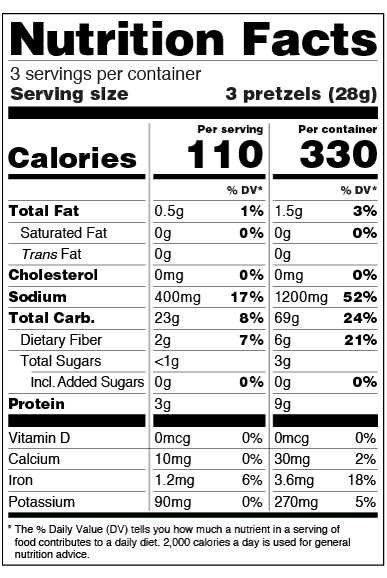

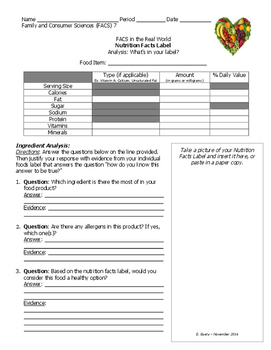



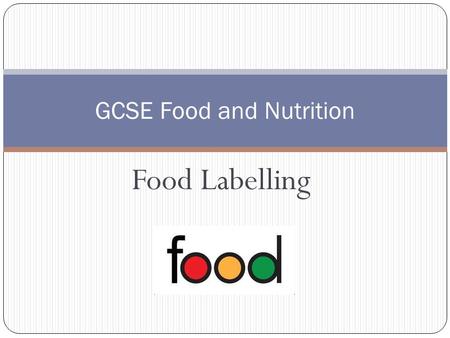
:max_bytes(150000):strip_icc()/breadfruit_annotatedv3-6eca24f90cde4d55af547638eb2d2d84.jpg)
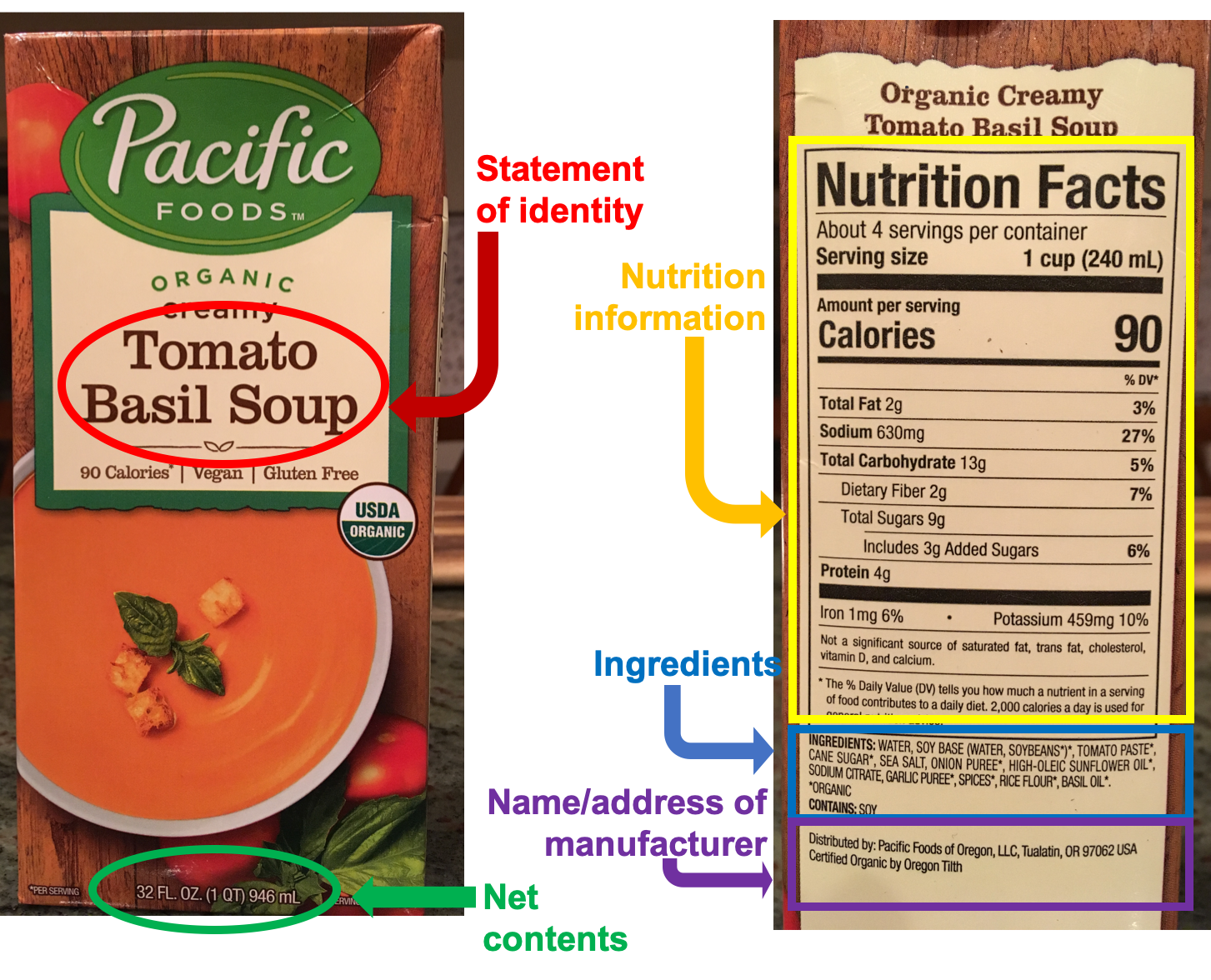
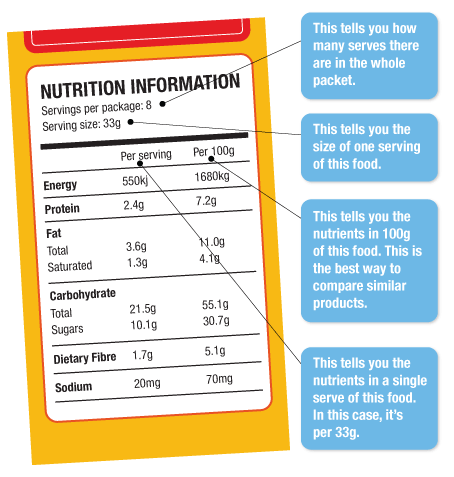
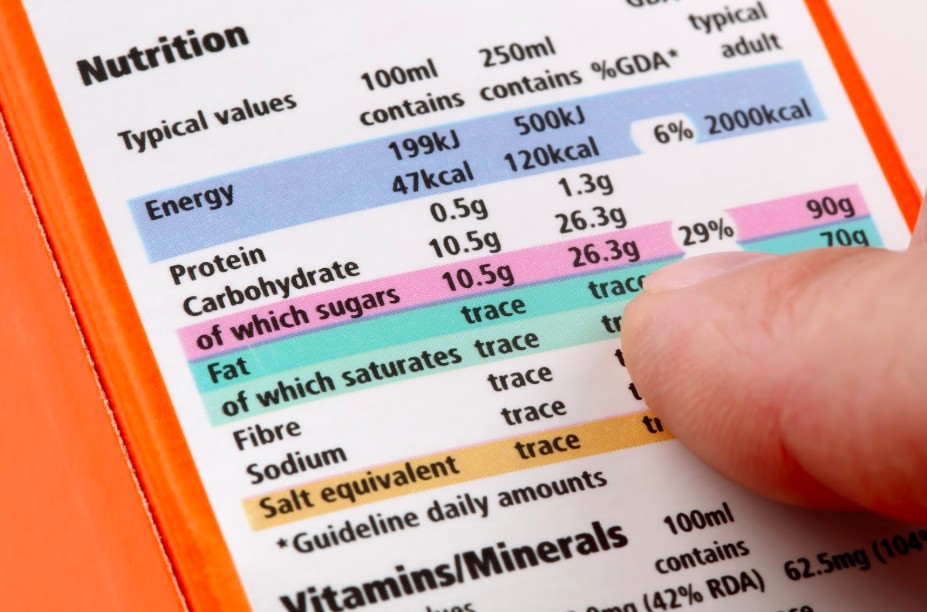



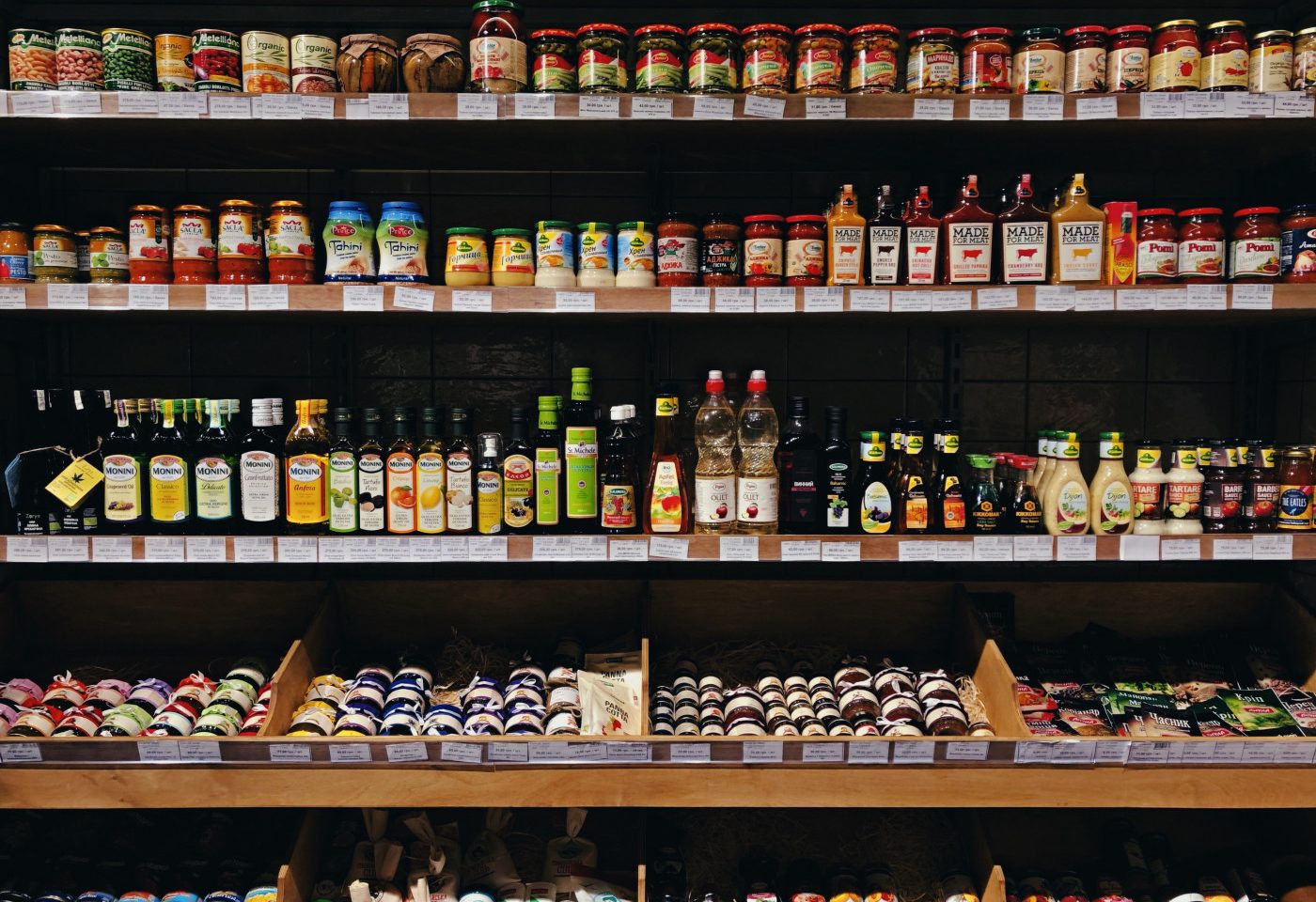
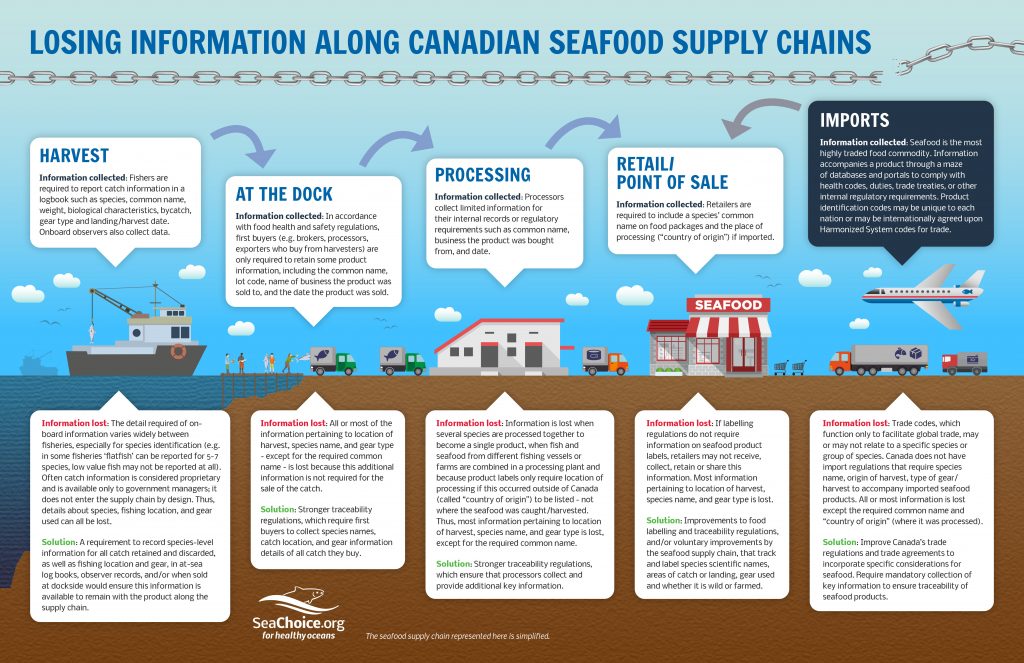
Post a Comment for "41 identify categories of information found on food labels"